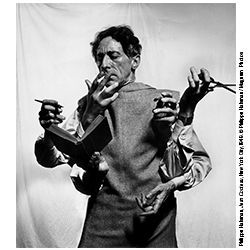Buti, the Tuscan oil village celebrated by D'Annunzio
Are you familiar with Buti? It is a village in the province of Pisa, which can boast the first Palio of Tuscany in chronological order, castles and fortifications, a Medici villa, a mountain from whose slopes you can climb for a hiking trip in the midst of nature among pine and chestnut forests, a renowned oil among the best extra virgin olive oils that can be found in this region and that is affected by the proximity of the sea, so much so that it was extolled by Rossini, Carducci and D’Annunzio (for the vate it was the “suave oil of Buti”). To be able to taste it by going through the places where it grows and is produced there is an itinerary designed ad hoc by the “Monti Pisani Oil Road” Project: a route that unites several towns in the area through the discovery of natural and historical beauties with the addition of tasting extra virgin olive oil made from olives grown and harvested by hand, as in the tradition, and other typical local products.
We are just below Mount Pisano, nestled in that ’valley of the good life’ since Roman times and which over the years - being a nerve center from a commercial and military point of view - has seen walls and fortresses all around (up to eight), destruction and continuous reconstruction in the contention of the wars between Pisa, Lucca and Florence. It is the town of Francesco di Bartolo, historical commentator on Dante’s Comedy, to whom the Theater is dedicated, who called Buti “my paradise” and who speaking of visiting others said “it will not be a vain journey.” The Palio dates back to the 17th century and is a race between horses ridden by jockeys (originally they were ridden by the owners themselves). Since 1961 it has been given a modern version that takes place on the Sunday following January 17, which is Patron’s Day. In June, on the other hand, the more prosaic Frog Festival takes place. In autumn, on the other hand, the chestnut tradition is at home and has its festival in October, and the area is ideal for lovers of hiking and biking.
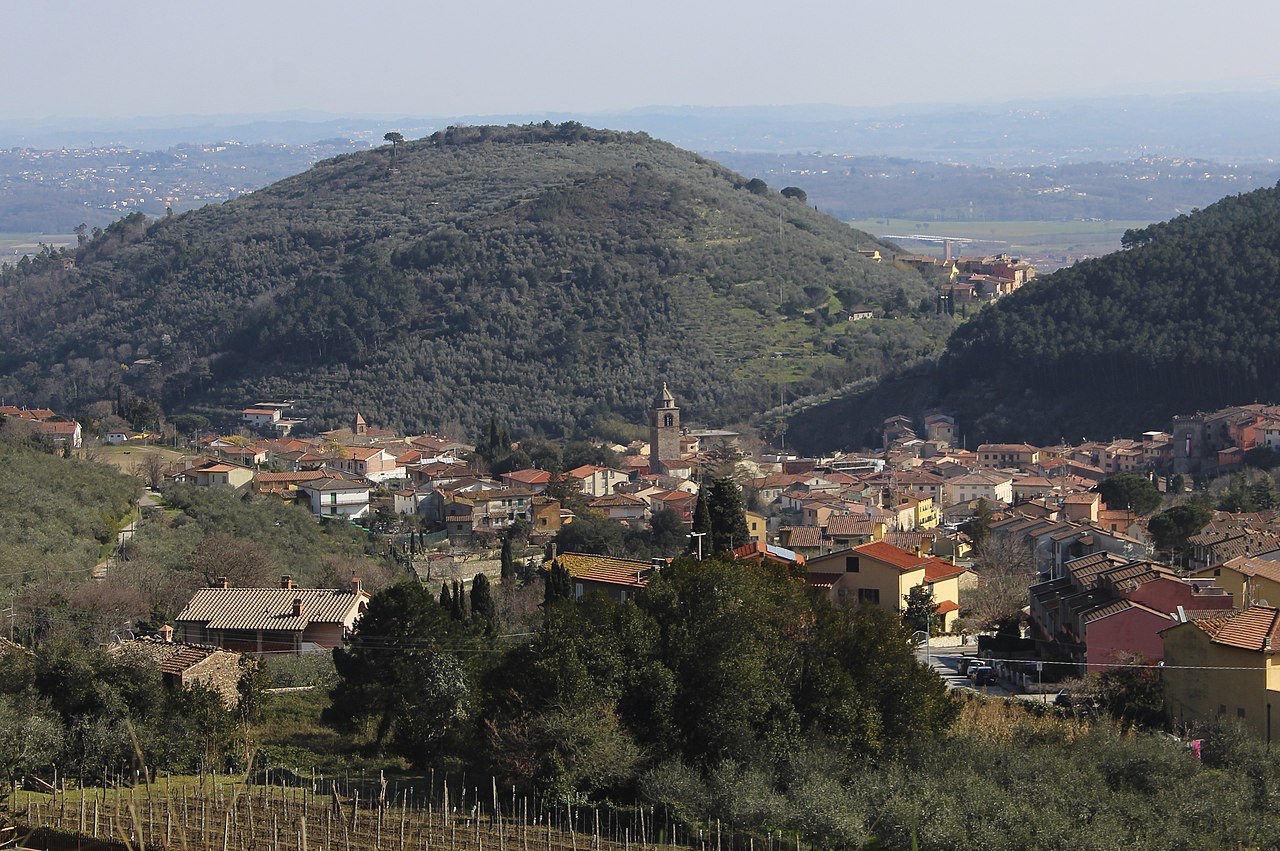
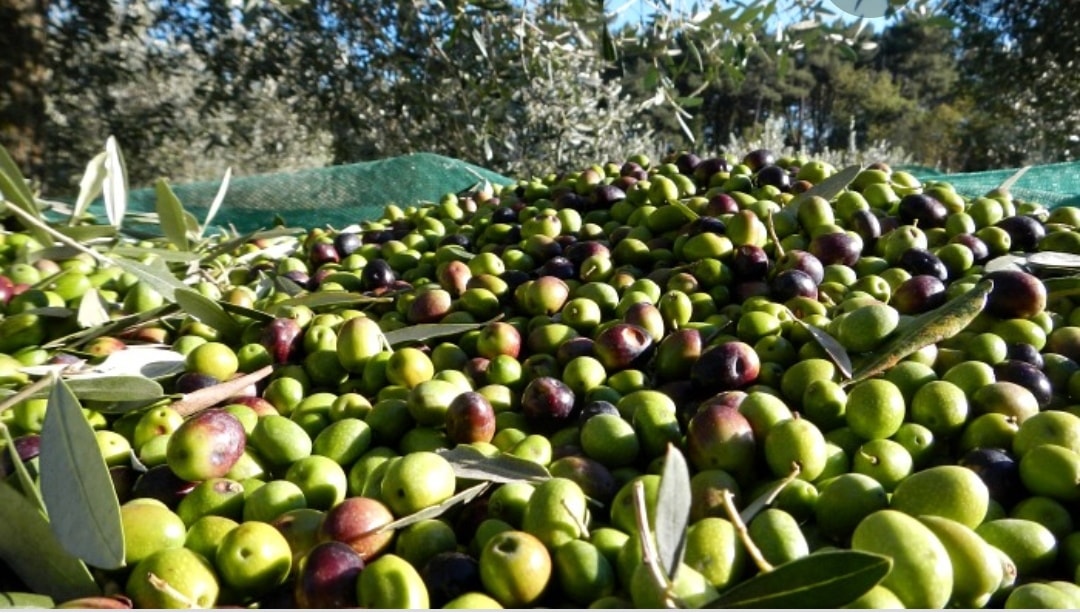
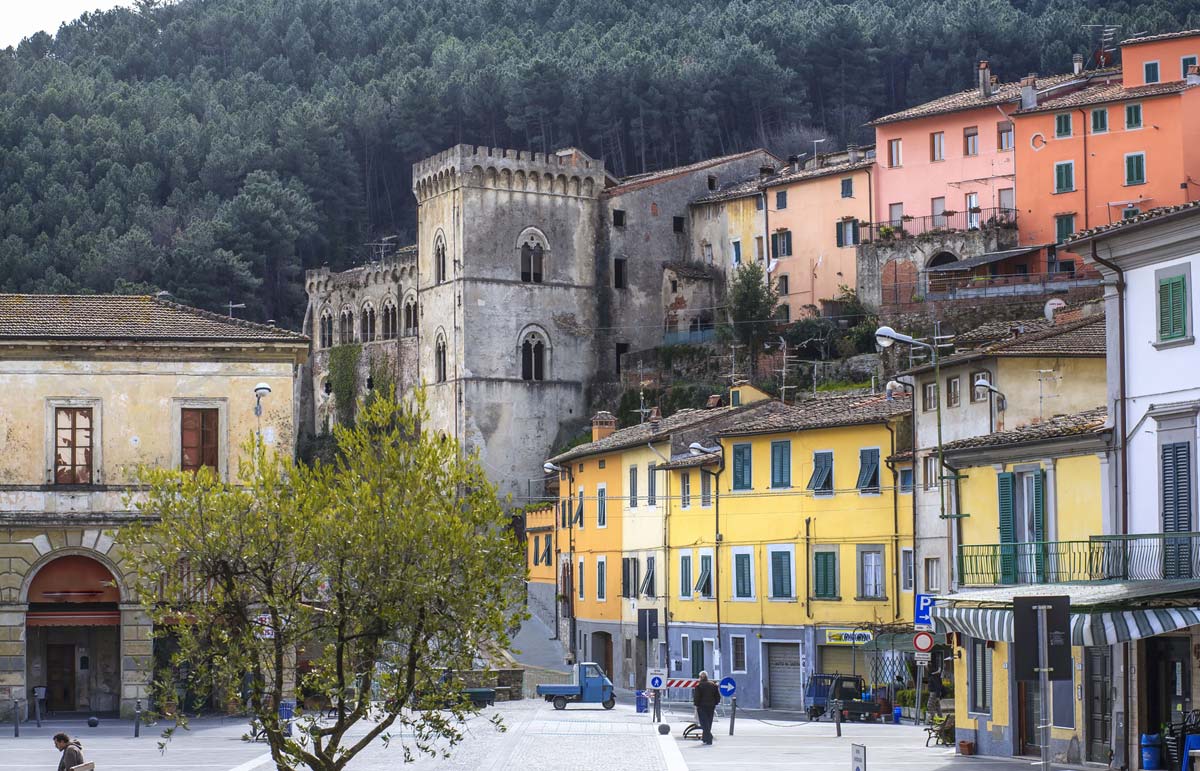
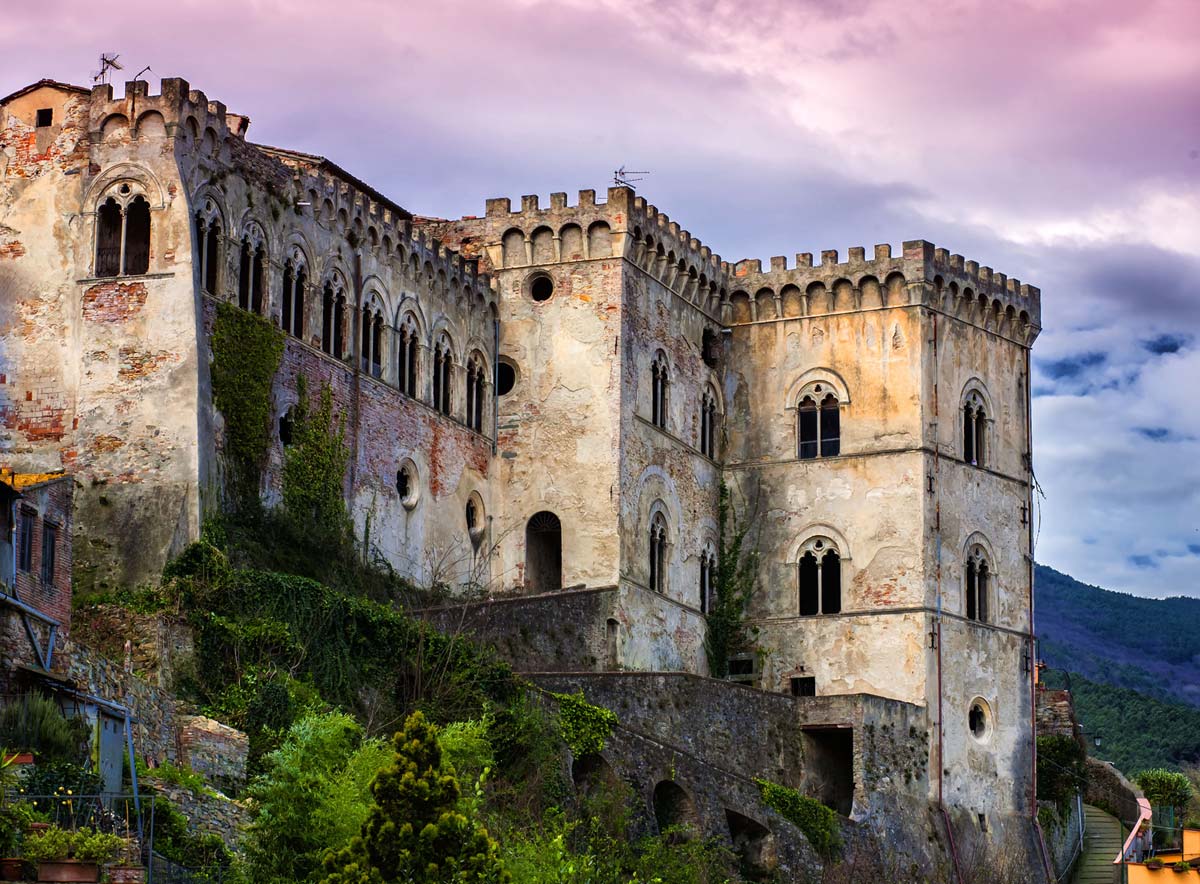
The village of Buti, whose name may derive from the Latin bucita ( “pasture of oxen”), has as its first attraction undoubtedly the Castel Tonini: a fortification of medieval origin that has been modified several times, where today one can also find Gothic style references such as mullioned windows and other embellishments in contrast to the roughness of the medieval fortress, which dominates Buti and was the fortification that protected it. Buti was part, together with Bientina and Vicopisano, of a network of eight castles that constituted a defensive system such as to guarantee the entire control of the territory and of which this was the stronghold. A system of defense of the area, from valley to mountain, precisely because of that being a borderland often contested. The other related structures were Castel di Nocco, Castel Sant’Agata, Panicale, Castellarso (San Cassiano), San Lorenzo in Cintoia, San Giorgio, Farneta (Farneti).
Within the walls of the Tonini Castle that surrounded the village we find buildings and palaces, including mansions from the 16th and and 17th centuries, which are still very well preserved, including the Medicean Villa “Villa Delizia.” The Villa Medicea di Buti is located in the heart of the village above what was a fifth-century tower and a 13th-century fortress, and is a member of the Associazione Dimore Storiche Italiane. It is located on one side of the village and has walls frescoed by Pietro Giarrè, a Florentine painter active in the second half of the 18th century. Perhaps some may have seen it without realizing it because some scenes of the film N (Napoleon) directed by Paolo Virzì are filmed here. Already this detail, making it look like an emperor’s dwelling place, makes one realize how beautiful it is. The Villa has an Italian garden that extends over three terraces, adorned with fountains and water paths, paths among ancient trees, statues.
But given the countless wars the area has been through, it was thought well to also provide it with a secret passageway leading out from the Villa to a cave outside to run away in case of siege. The cave is still visible today but not accessible.
The Francesco di Bartolo Theater also gives an idea of how alive the town was: a typical Italian-style theater, it was built in the first half of the 19th century according to the architectural canons of academic theaters with the typical forms of the Italian-style theater: an elegant entrance hall (forbidden to the populace) made of arches and corridors, the oval hall, surrounded by two tiers of boxes and covered by a ceiling richly decorated with rose-shaped wall paintings. The large Murano chandelier has been lost, as has the large white curtain.The stage was large and the center of considerable theatrical production, soon becoming famous and popular with plays, music, dance parties, and various entertainments.

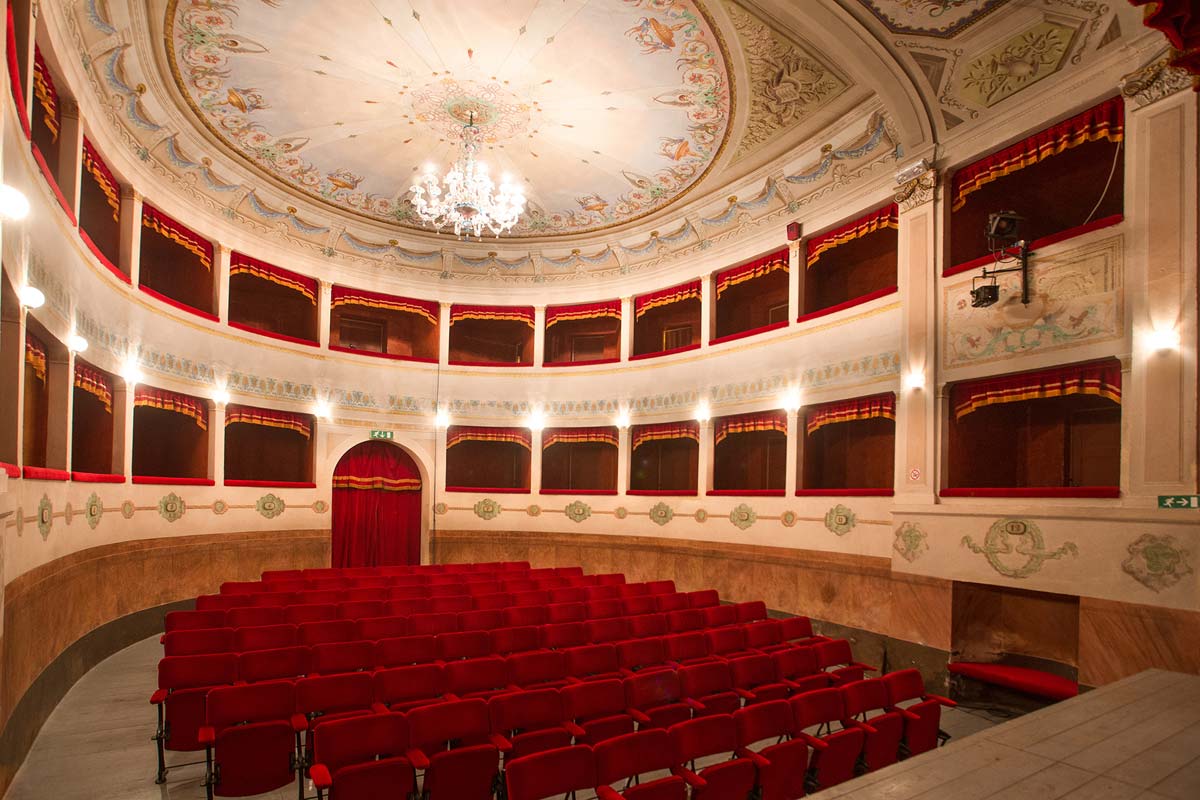
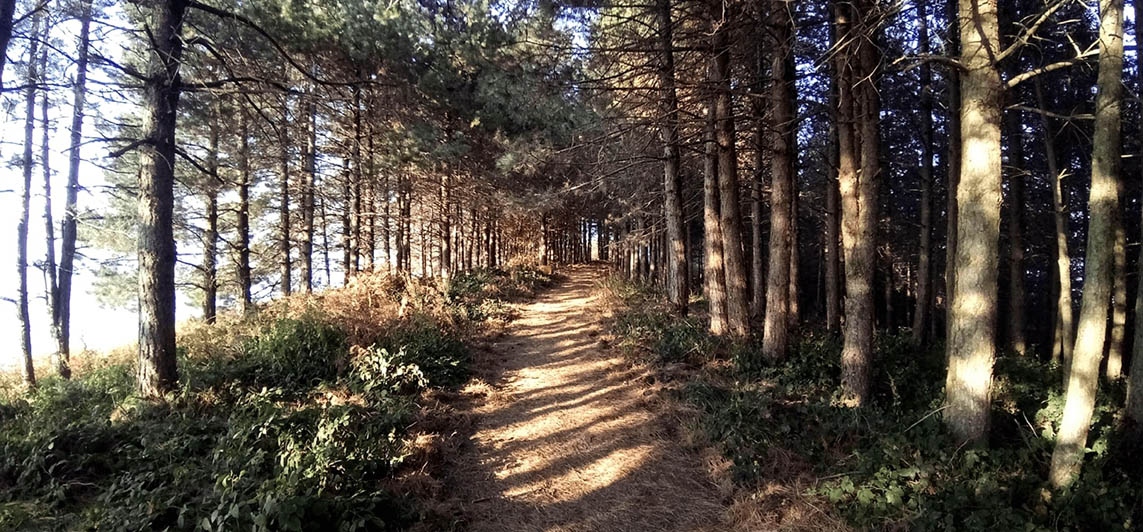
The Castle of Sant’Agata, beautiful to see but difficult to visit, cannot fail to be noticed by the visitor below: it is perched at the top of Monte d’Oro, very high up, and can be reached by a path, a very steep one, a mule track, that starts from the village of Castel di Nocco. The structure was probably destroyed during the wars between Pisa and Lucca, and it has crumbled so much that the interior of the Rocca is occupied by olive trees. Now centuries old. The ruins still clearly visible give the figure of how carefully and massively it had been built: the access ramps, the base of the two towers, and the surrounding walls are still visible.
Finally, a stay in Buti cannot but end in the rich and wild nature of the Monti Pisani. At a maximum height of 917 meters above sea level, the Monti Pisani rise majestically thanks to the beauty of their verdant flora. In the protected area of Stazione Relitta di Pino Laricio, it is possible to admire the unique larch pine, a very rare variety of pine that in Tuscany is found only in Buti, and there are even 50-meter high ones. Besides it, there are specimens of maritime pine, acacia, oak, rowan, laurel and, of course, chestnut. This green oasis is rich in paths, mule tracks, and dirt roads, which therefore allows it to be traveled in various ways duraante all year round, thanks also to the always favorable micro-climate. Finally, there are itineraries offered to lovers of the genre that balance the various needs with different types of routes.
 |
| Buti, the Tuscan oil village celebrated by D'Annunzio |
Warning: the translation into English of the original Italian article was created using automatic tools. We undertake to review all articles, but we do not guarantee the total absence of inaccuracies in the translation due to the program. You can find the original by clicking on the ITA button. If you find any mistake,please contact us.



